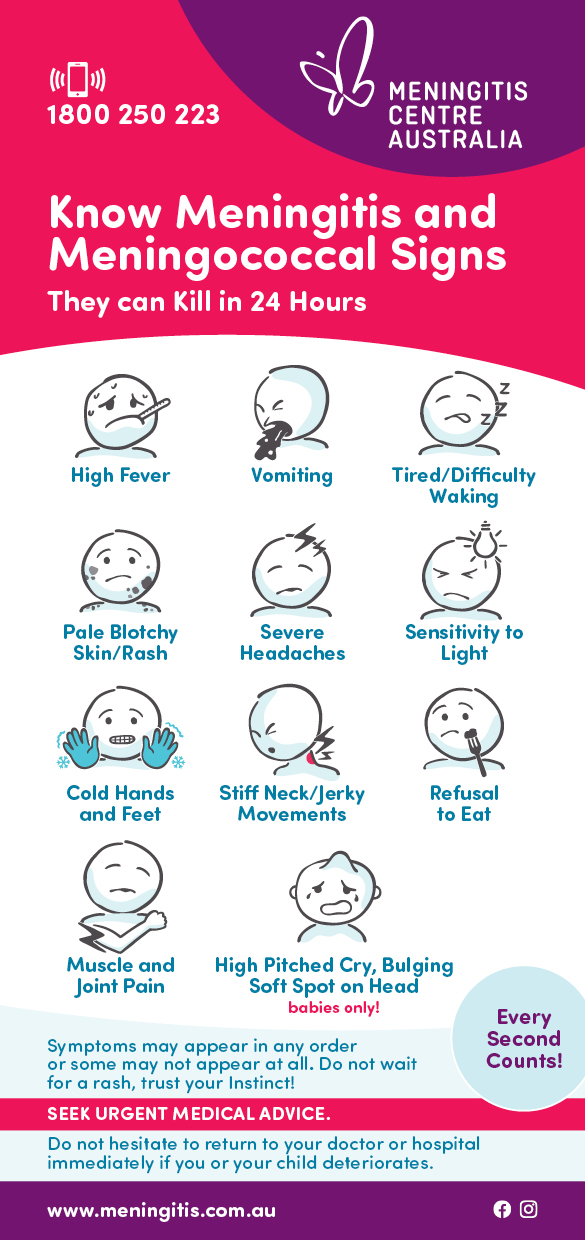
Many parents aren’t aware of the symptoms of meningococcal disease, with a survey revealing some have mistaken the deadly bacterial infection for sunburn.
Australians are being urged to educate themselves on the early signs of the potentially deadly disease as part of a new national campaign.
While rare and treatable, meningococcal can result in death within 24 hours if not caught early, warns Professor Robert Booy, Head of the Clinical Research Team at the National Centre for Immunisation Research and Surveillance.
“Meningococcal is a dreadful disease because 5-to-10 per cent die, 15-to-20 per cent are left with devastating complications and it can come on in just 12-to-24 hours, and it is really important to recognise the early signs to get antibiotic treatment from the doctor,” Prof Booy told AAP.
On Tuesday, Queensland Health confirmed a Year Two student from Brisbane had been diagnosed with meningococcal disease.
The student from Hercules Road State School was receiving treatment in hospital and expected to make a full recovery.
Research commissioned by drug company GlaxoSmithKline, released on Wednesday, revealed 41 per cent of respondents weren’t aware of the specific symptoms.
Concerningly, 22 per cent mistook the deadly bacterial infection for other ailments with two per cent believing it was a type of cancer, 16 per cent thought it was flu and four per cent saying it was sunburn.
Prof Booy says the disease will normally present in two forms, meningococcal septicaemia (blood poisoning) or meningococcal meningitis (in the brain and spinal cord).
The signs for both are high fever and a rash, which starts as small pin-prick like dots and increases in size to purple patches anywhere on the body.
A person may also have vomiting and pain in their legs, a “bad” headache, stiff neck and sensitivity to light, he says.
Cold hands and feet are also another sign of blood poisoning.
“The signs are a bit vague but the rash is telltale,” said Prof Booy.
But in some the rash can come on a bit late, he says, and parents should look for the other symptoms as well as relying on their “instinct”.
Professor Mike Starr, a pediatrician and infectious diseases doctor at The Royal Children’s Hospital Melbourne says the disease can be prevented by vaccination.
The routine immunisations children receive only protect against one of the six main strains of the disease – meningococcal C.
A young child can still be susceptible to other types and both the W and Y strains are on the rise, says Prof Booy.
This is critical information Karen mother of four-year-old Jenna, who lost both her hands to meningococcal B, says she wished she’d known.
“I had no idea she could still be at risk from meningococcal, I’d disregarded it because I thought she was up to date with her vaccinations,” Karen said at the campaigns launch in Sydney.
Know the signs and symptoms of meningococcal and meningitis.
SOURCE: news.com.au

